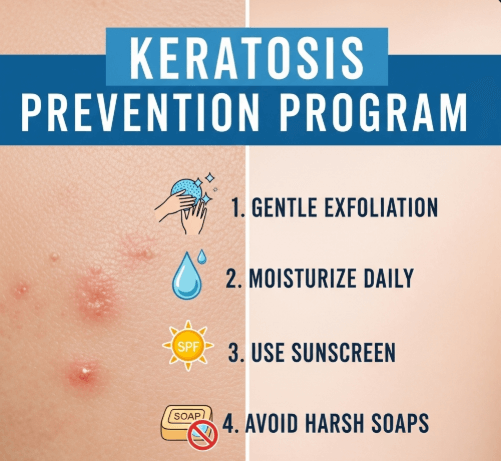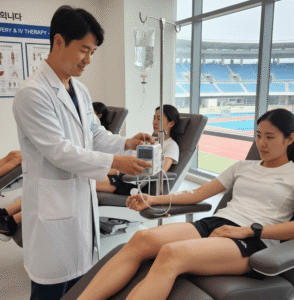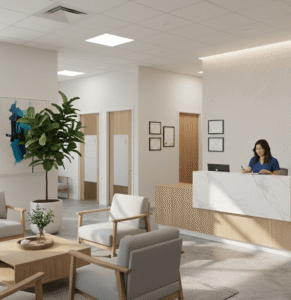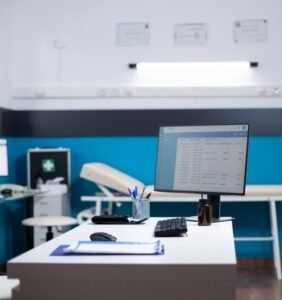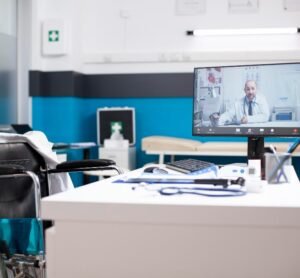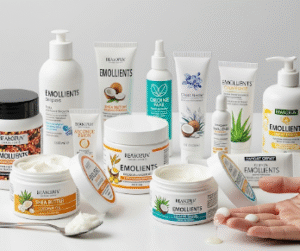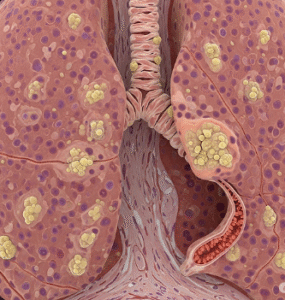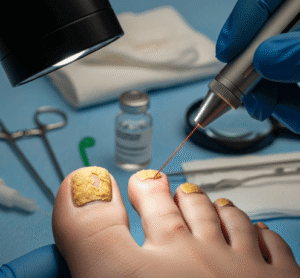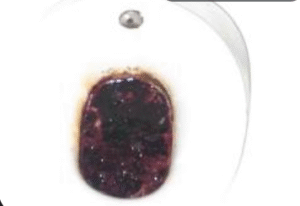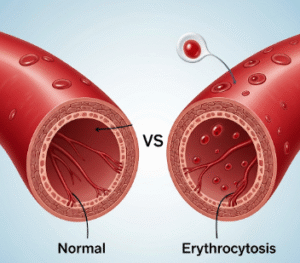What it is
→ A keratosis prevention program is a structured dermatological and lifestyle-based plan designed to reduce the risk of actinic keratoses (AKs), which are rough, scaly precancerous lesions caused by chronic sun exposure.
→ Actinic keratoses are considered early warning signs of potential skin cancer, as some can progress to squamous cell carcinoma if untreated.
→ A prevention program addresses UV protection, early detection, skincare routines, medical interventions, and long-term monitoring to stop keratoses from forming or worsening.
→ In Korea, these programs are often offered in dermatology clinics and hospitals, integrating advanced medical treatments with preventive skincare and sun safety education.
Why it’s done
→ A keratosis prevention program is essential because:
- Early prevention lowers skin cancer risk by treating or avoiding actinic keratoses.
- Chronic sun exposure damages DNA, leading to abnormal cell growth; prevention reduces this risk.
- Patients with fair skin, outdoor lifestyles, or a history of sunburns are at higher risk.
- Prevention saves time and cost, as managing keratoses early avoids extensive treatments later.
- It also improves cosmetic appearance, as preventive measures help maintain smoother, clearer skin.
→ The program is not only about reducing precancerous lesions but also about long-term skin health and rejuvenation.
Alternatives
→ Alternatives to a structured keratosis prevention program include:
- Self-directed sun protection → using over-the-counter sunscreens and protective clothing.
- Regular self-examination → checking skin monthly for new rough or scaly patches.
- Ad hoc dermatology visits → treating lesions only when they appear, rather than following a prevention plan.
- Cosmetic facials or peels → improve skin health but do not address precancerous risks directly.
→ While helpful, these alternatives lack the comprehensive monitoring and medical precision of a formal prevention program.
Preparation
→ Preparing for a keratosis prevention program involves:
- Dermatology consultation → initial assessment of skin type, sun exposure history, and existing keratoses.
- Medical history review → family history of skin cancer, previous treatments, and medications.
- Baseline photography → digital imaging of the skin to track future changes.
- Lifestyle evaluation → assessment of outdoor exposure, occupation, and skincare habits.
- Patient education → learning the importance of UV protection before starting.
How it’s Done
→ A keratosis prevention program usually includes five core components:
- UV Protection
- Daily application of broad-spectrum sunscreen (SPF 30–50).
- Wearing wide-brimmed hats, sunglasses, and UV-protective clothing.
- Avoiding peak sun hours (10 AM–4 PM).
- Medical Interventions
- Preventive use of topical therapies such as retinoids, vitamin C serums, or antioxidants.
- Early treatment of suspicious spots with cryotherapy, topical 5-FU, or imiquimod.
- Photodynamic therapy (PDT) for widespread actinic damage.
- Lifestyle Adjustments
- Diet rich in antioxidants (green tea, fruits, omega-3 fatty acids).
- Avoidance of tanning beds and unnecessary UV exposure.
- Hydration and proper sleep to support skin regeneration.
- Regular Screenings
- Dermatology checkups every 6–12 months.
- Dermoscopy and mole mapping for high-risk patients.
- Early biopsies of non-healing or suspicious lesions.
- Cosmetic Integration
- Chemical peels, laser resurfacing, or microneedling to improve skin texture and reduce cumulative sun damage.
- Medical-grade skincare for long-term maintenance.
→ The program is tailored to each individual based on skin type, age, sun damage severity, and family history.
Recovery
→ Since prevention programs are largely non-invasive, recovery usually involves:
- Minimal downtime → most steps are daily skincare and protective habits.
- Short recovery from optional procedures (peels, PDT, cryotherapy) lasting 3–10 days.
- Lifestyle adjustment period → adopting consistent sun-safe behaviors.
→ Over time, skin becomes healthier, smoother, and at lower risk for precancerous lesions.
Complications
→ Risks of a keratosis prevention program are minimal, but possible issues include:
- Skin irritation from frequent sunscreen or topical treatments.
- Temporary redness or peeling after chemical peels or PDT.
- Pigment changes in some patients, especially after aggressive treatments.
→ The greater complication lies in not following prevention strategies, as untreated actinic damage can progress to skin cancer.
Treatment options in Korea
→ Korea is highly advanced in preventive dermatology, and keratosis prevention programs are widely available.
- Specialized dermatology hospitals → such as Asan Medical Center, Seoul National University Hospital, and Samsung Medical Center offer preventive protocols for high-risk patients.
- AI-driven skin analysis → many Korean clinics use imaging tools to detect early actinic damage.
- Integrated programs → combining medical treatments (PDT, cryotherapy, 5-FU, imiquimod) with K-beauty skincare regimens.
- Cosmetic–medical synergy → prevention programs in Korea emphasize not only health but also maintaining youthful, clear skin.
- Public health culture → strong national awareness campaigns encourage sunscreen use and routine checkups.
- International services → medical tourism centers in Seoul and Busan provide English-language consultations for foreign patients.
→ With its preventive mindset, technological innovation, and cosmetic expertise, Korea offers some of the most comprehensive keratosis prevention programs worldwide.

